Discover this perfectly balanced Indian thali with 18g protein and 15g fiber - featuring protein-rich horse gram curry, cooling bottle gourd raita, and perfectly portioned white rice. A complete 469-calorie meal with optimized macros that transforms traditional South Indian cooking into better nutrition!
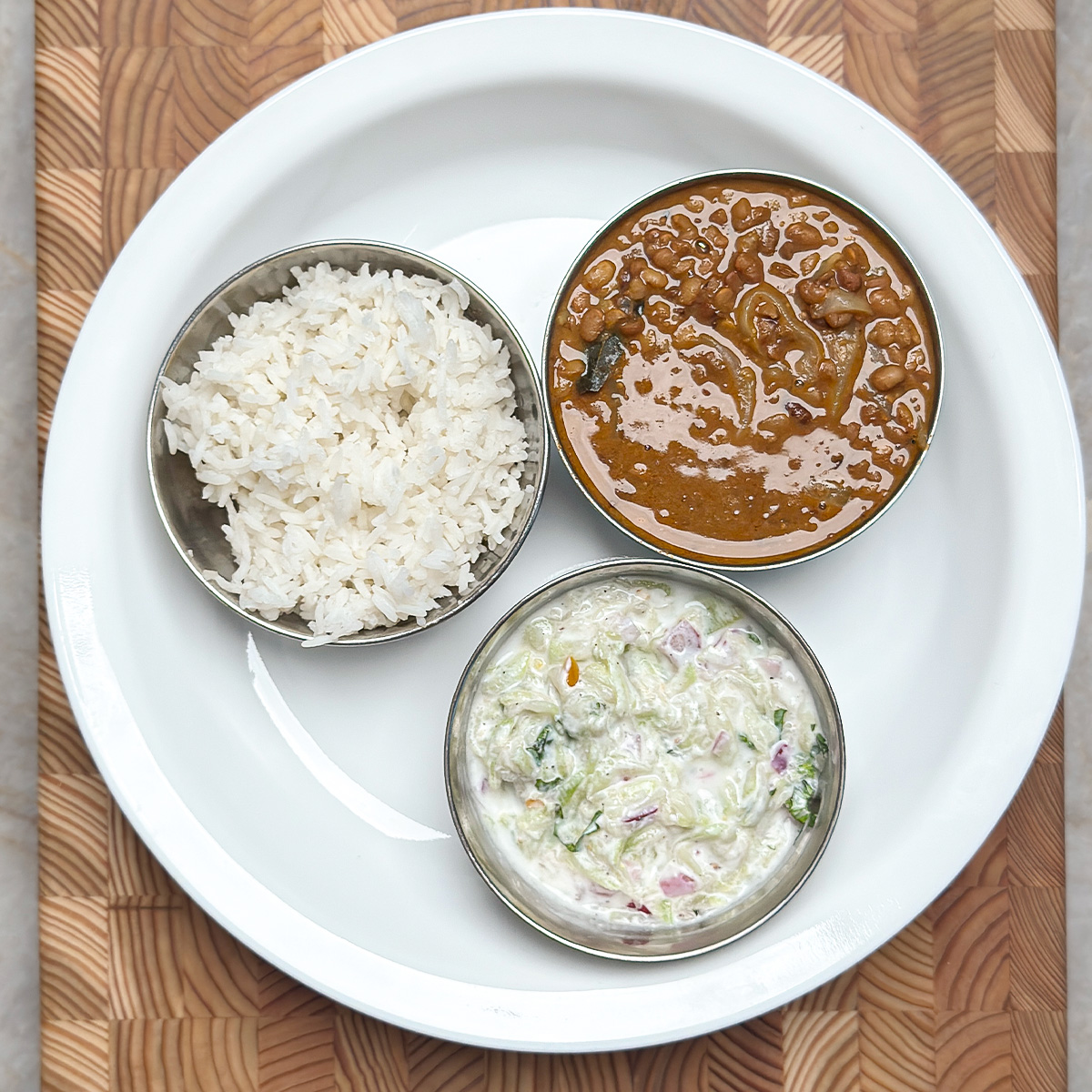
Jump to:
- The Story Behind This Balanced Indian Thali #7
- Horse Gram Curry Thali Nutrition Breakdown
- Nutritional Comparison Table
- Breaking Down Balanced Indian Thali #7
- The Nutritional Symphony
- How to Serve Balanced Indian Thali #7
- Customization Options
- FAQ on Balanced Indian Thali #7
- Transform Your Traditional Meals Today
- Other Thalis
- More Side Dishes
The Story Behind This Balanced Indian Thali #7
Growing up, Sunday lunches at my grandmother's house meant endless rounds of white rice drowning in ghee, with dal as an afterthought. Like most traditional thalis that are 70% carbs with barely 10% protein, these meals left me sleepy by 2 PM and hungry again by 4. Last month, when my husband watched me serve this thali with its modest 100g rice portion, he was skeptical - until he finished eating. "I actually feel full... and light!" he exclaimed. That's when I knew I'd cracked the code for transforming our beloved Indian meals without abandoning tradition.
This horse gram curry thali flips the script entirely by making protein the star instead of rice. Combining horse gram (the highest protein pulse in Indian cooking with 12g per serving), cooling bottle gourd raita packed with probiotics, and that perfectly portioned white rice creates something remarkable - a complete 450g meal with 59% carbs, 15% protein, and 25% fat that delivers 18 grams of plant-based protein and 15 grams of fiber in just 469 calories. The magic is in how each element supports the others: fiber from horse gram slows rice digestion to prevent blood sugar spikes, the probiotic raita aids digestion while adding extra protein, and the modest rice portion provides satisfying carbs without overwhelming the meal. It's traditional Indian cooking, just smarter.
Horse Gram Curry Thali Nutrition Breakdown
Let me break down the numbers that make this thali a nutritional powerhouse. With 469 total calories, you're getting a complete meal that won't weigh you down. The macro breakdown - 58.8% carbs, 15.4% protein, 24.9% fat - represents a massive improvement over typical Indian meals.
Compare this to a standard thali with 2 cups of rice, basic dal, and a small vegetable:
- Typical thali: 60-70% carbs, 10-15% protein, 20-25% fat, 5-7g fiber
- This balanced thali: 58.8% carbs, 15.4% protein, 24.9% fat, 16g fiber
That increase in protein might seem modest, but it translates to 6-8 extra grams - the equivalent of adding an egg to your meal. The real game-changer? That incredible 16 grams of fiber, mostly from the horse gram. That's 64% of your daily fiber needs in one meal!
The calorie distribution works perfectly too. Instead of 400+ calories from rice alone, you're getting 265 calories from protein-rich curry, 92 from probiotic raita, and just 112 from rice. Every calorie serves a purpose.
Nutritional Comparison Table
| Recipe Name | Serving Size | Calories | Protein (g) | Fiber (g) | Fat (g) | Carbs (g) |
|---|---|---|---|---|---|---|
| Horse Gram (Ulavalu) Curry | 1bowl (175 g each) | 265 | 12 | 15 | 10 | 33 |
| Bottle Gourd (Sorakaya) Raita | 1bowl (175g each) | 92 | 4 | 1 | 3 | 11 |
| White Rice (Rice Cooker Method) | 1bowl (100g Cooked Rice) | 112 | 2 | 0 | 0 | 25 |
| Total | - | 469 | 18 | 16 | 13 | 69 |
Breaking Down Balanced Indian Thali #7
Let's explore how each recipe contributes to this thali's impressive nutritional profile and satisfying 450-gram total weight:
Horse Gram Curry (265 calories, 12g protein, 175g serving) This isn't just another dal - it's the highest protein legume in Indian cooking. The 12 grams of plant-based protein rival what you'd get from chicken, while the 15 grams of fiber (from this curry alone!) support digestive health and keep you full for hours. The generous 175g portion ensures you get volume along with nutrition. The peanut base adds healthy fats that help absorb fat-soluble vitamins. Small tweaks like using minimal oil and maximizing the legume-to-liquid ratio concentrate the nutrition without sacrificing the rich, authentic taste.
Bottle Gourd Raita (92 calories, 4g protein, 175g serving) Don't underestimate this cooling side dish. With 92% water content, it hydrates while delivering probiotics for gut health. The 175g serving adds substantial volume to your plate for minimal calories. The 4 grams of protein from yogurt might seem modest, but combined with the other dishes, it helps complete the amino acid profile. Using bottle gourd instead of just plain yogurt adds volume and nutrients for minimal calories - smart substitution at its best.
White Rice (112 calories, 2g protein, 100g serving) Yes, white rice belongs in a healthy thali! The key is portion control. This 100g serving provides satisfying carbohydrates that fuel your body without overwhelming the meal. It's about one-third of what traditional thalis serve, but when combined with the other components, you won't miss the extra. Cooking it in a rice cooker ensures perfect texture every time. Pro tip: cooling and reheating rice creates resistant starch, which acts more like fiber in your body.
The Nutritional Symphony
When these three dishes come together, they create something greater than their individual parts. The complete protein profile emerges from combining legumes, dairy, and grains - a principle ancient Indians understood intuitively. With 18 total grams of protein, you're getting more than many Western "healthy" meals deliver.
The fiber content deserves special mention. Those 16 grams don't just fill you up; they feed beneficial gut bacteria, regulate blood sugar, and support heart health. Most Indians get only 10-12 grams daily despite eating vegetables regularly. This single meal exceeds that!
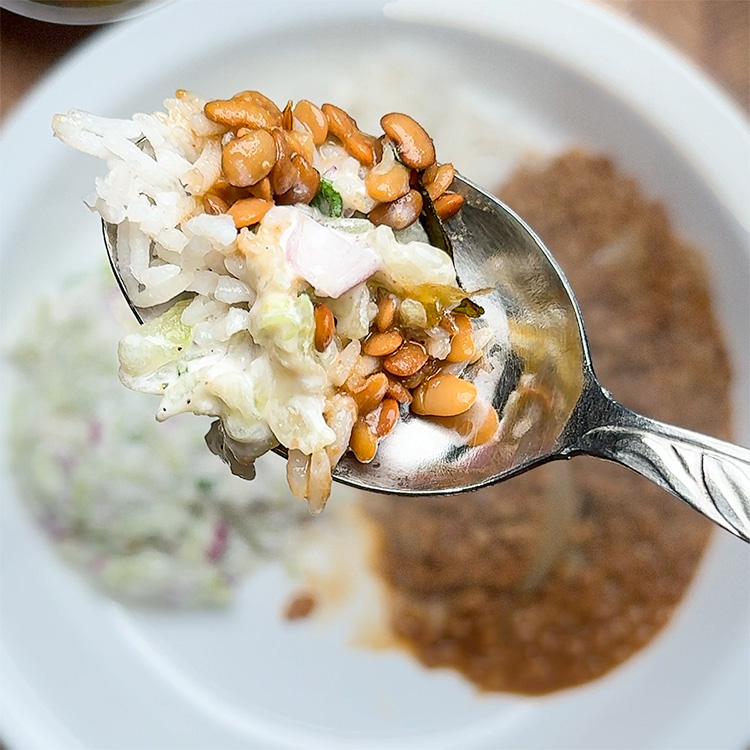
Balanced Macronutrients
- Carbohydrates: 69g (58.8% of calories) - mostly complex carbs from legumes
- Proteins: 18g (15.4% of calories) - complete protein profile
- Healthy Fats: 13g (24.9% of calories) - primarily from peanuts and yogurt
- Fiber: 16g - 64% of daily needs
- Total Calories: 469 - perfect for a satisfying meal
Macro Split
Note: While our carb percentage seems similar to typical thalis, the key difference is the fiber content and protein boost. The 16g of fiber transforms how these carbs affect your blood sugar, preventing spikes and crashes.
How does this compare to typical Indian meals?
- Standard Indian thali: 60-70% carbs, 10-15% protein, 20-25% fat, 5-7g fiber
- This balanced thali: 58.8% carbs, 15.4% protein, 24.9% fat, 16g fiber
- Mediterranean diet: 40% carbs, 20% protein, 40% fat, 15-20g fiber
Our thali improves upon the typical Indian meal by:
- Increasing protein content (from ~10% to 15.4%)
- More than doubling fiber (from 5-7g to 16g!)
- Maintaining healthy carbs while adding massive fiber
- Including quality fats from nuts and yogurt rather than fried foods
How to Serve Balanced Indian Thali #7
Presentation matters, especially when you're serving smaller portions than traditional thalis. Use a large steel plate with separate compartments (katoris) to make each component shine. Place the horse gram curry in the largest section, the raita in a medium bowl, and the rice in a modest mound.
Here's what surprises people: the total weight of this thali is 450 grams (175g curry + 175g raita + 100g rice) - that's nearly a pound of food! This is why the "small portions" actually feel so satisfying. You're getting volume from the water-rich raita and fiber-packed curry, not just dense rice. The visual trick? Spread the rice slightly instead of piling it high. Garnish the curry with fresh coriander and the raita with a sprinkle of roasted cumin powder. This creates an abundant-looking plate despite the controlled portions.
Serve everything hot except the raita, which should be chilled. The temperature contrast adds to the dining experience. Encourage eating slowly, mixing small amounts of each component for varied flavors and textures in every bite.
Assembly takes under 20 minutes if you've prepped ahead. Cook rice in your rice cooker while reheating the curry. The raita comes together in 5 minutes with pre-boiled bottle gourd. Perfect for both lazy Sundays and busy weeknights.
Customization Options
For Vegans (Maintaining 18g+ Protein) Replace yogurt in raita with cashew cream blended with lemon juice. Add 2 tablespoons of hemp seeds to boost protein. The curry is already vegan, and this swap maintains the cooling effect while keeping protein high.
For Extra Protein (Reaching 25+ Grams) Stir 2 tablespoons of roasted chana dal powder into the curry during final simmering. Or serve with a small portion of sprouted moong on the side. Both options add 5-7g protein without dramatically changing flavors.
For Lower Fat Content Use low-fat yogurt in raita and reduce oil in curry tempering to 1 tablespoon. Replace some peanuts with roasted gram flour for similar thickness. This cuts fat by 5g while maintaining satiety.
Simple Ingredient Swaps Can't find horse gram? Use whole masoor dal, though protein drops slightly. No bottle gourd? Try cucumber raita with added chia seeds for fiber. The key is maintaining the macro balance.
FAQ on Balanced Indian Thali #7
Absolutely! Unlike restrictive diets, this balanced approach to Indian food is completely sustainable. The variety of nutrients, high fiber, and moderate calories make it perfect for regular rotation. Just vary your other meals to ensure diverse nutrition.
For a single meal, 18g is excellent, especially from plant sources. Most adults need 50-60g protein daily, so this thali provides nearly a third. Pair with protein-rich snacks like roasted chickpeas or Greek yogurt to meet higher athletic needs.
Yes! Horse gram curry actually improves after a day as flavors meld. Cook a big batch on Sunday, portion into containers with rice, and add fresh raita before eating. Everything reheats beautifully except the raita, which takes minutes to prepare fresh.
Restaurant thalis often contain 800-1000 calories with excessive oil and huge rice portions. This home-cooked version delivers better nutrition at half the calories. You save money while eating healthier - win-win!
Transform Your Traditional Meals Today
This Balanced Indian Thali #7 proves you don't need to choose between nutrition and tradition. By simply adjusting proportions and making small, smart tweaks, we've transformed a typical Indian meal into a macro-balanced powerhouse. The 18 grams of protein, 16 grams of fiber, and perfectly distributed 469 calories will keep you energized for hours.
Remember my grandmother's rice mountains? She'd be amazed to see how her great-grandchildren eat now - same flavors, same love, just smarter portions. This isn't about restriction; it's about optimization. Every element on this thali serves a purpose, nourishing your body while satisfying your soul.
Save Collection
Ready to flip your own thali ratios? Start with this recipe and see how amazing you feel. Share your experience with #BalancedThaliMethod and check out the other 6 thalis in this series for more macro-friendly Indian meals. What traditional recipe will you transform next?

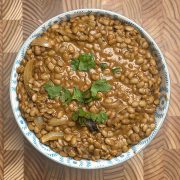
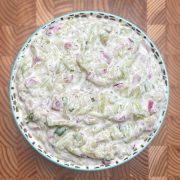

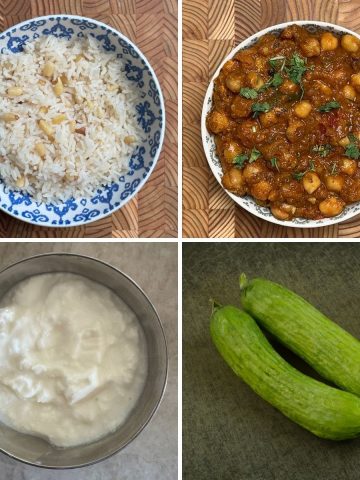
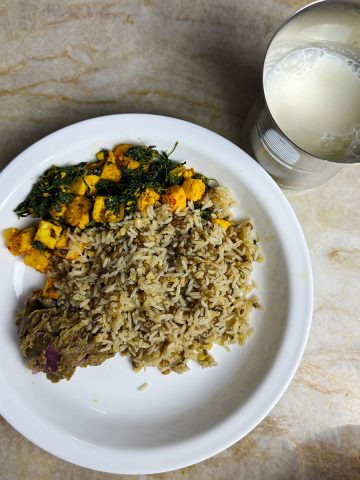
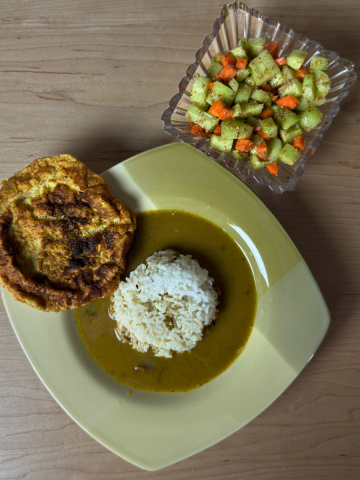
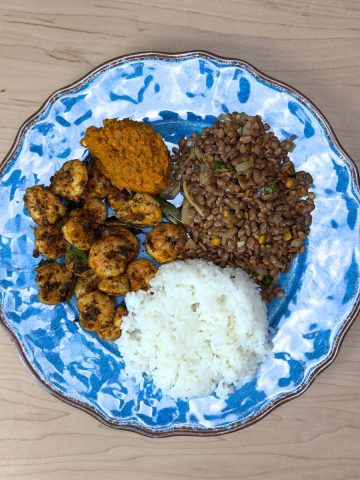
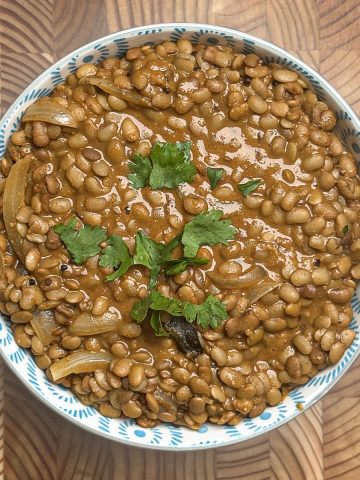
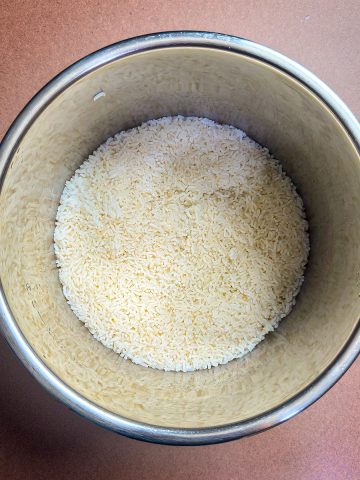
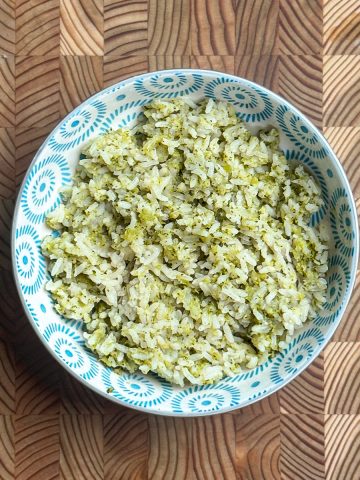
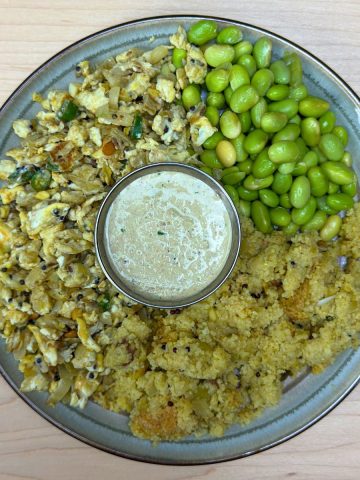

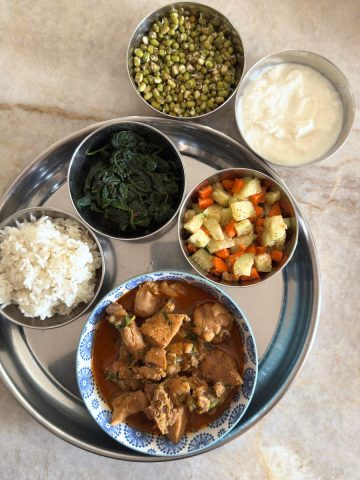
Leave a Reply